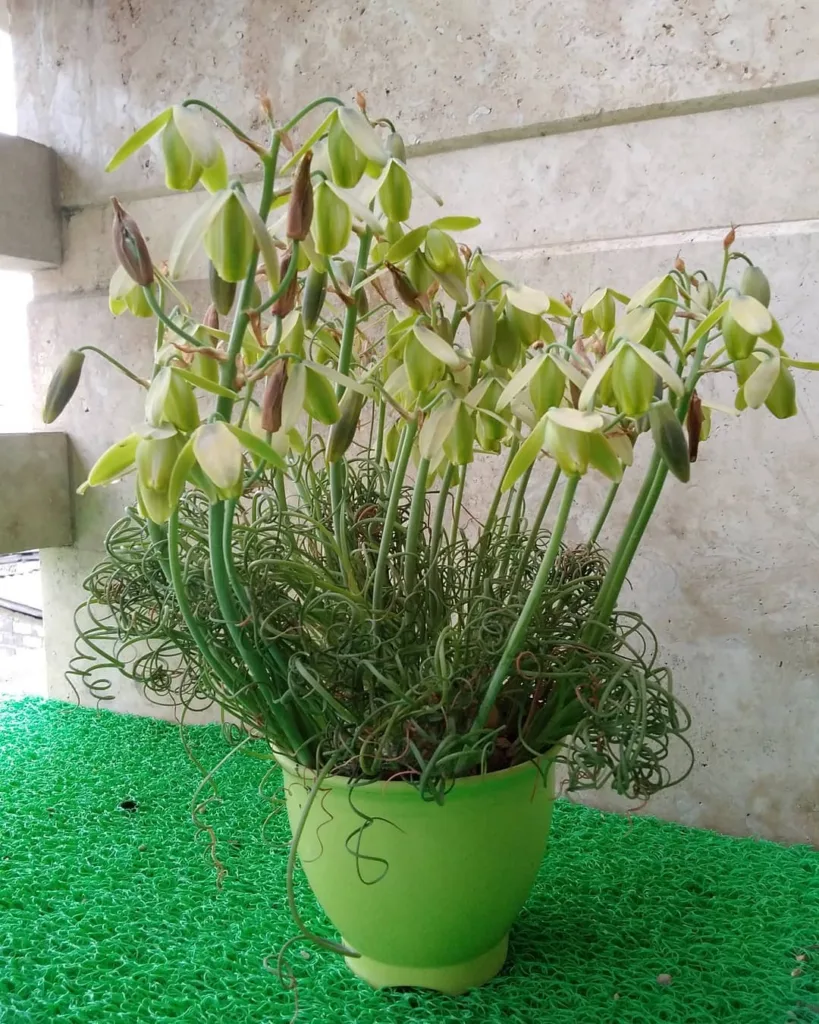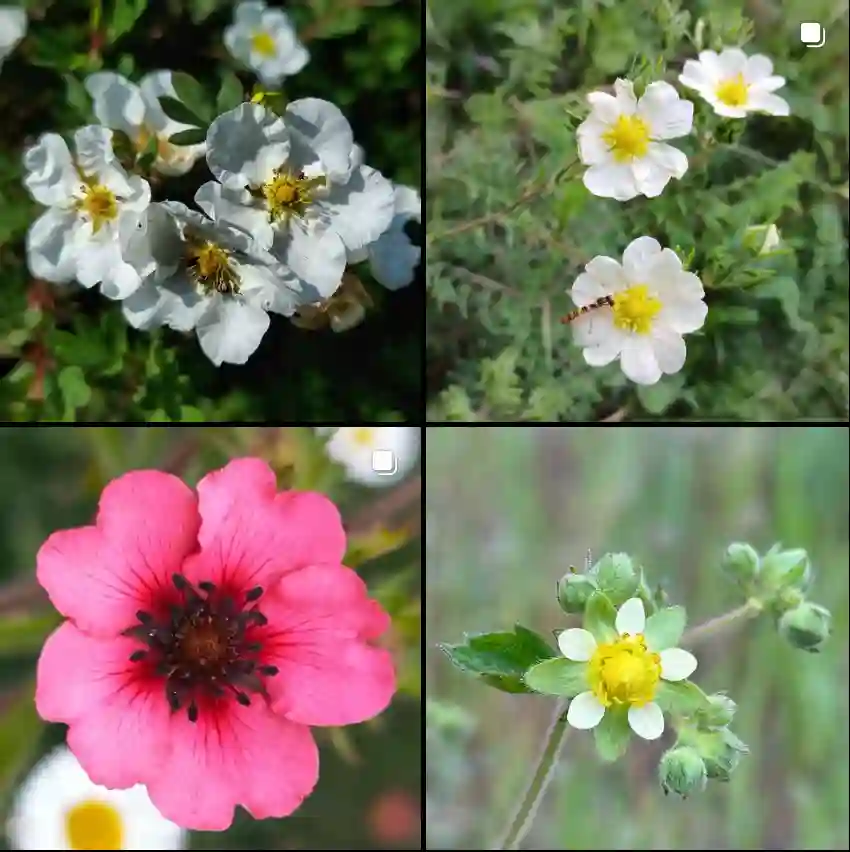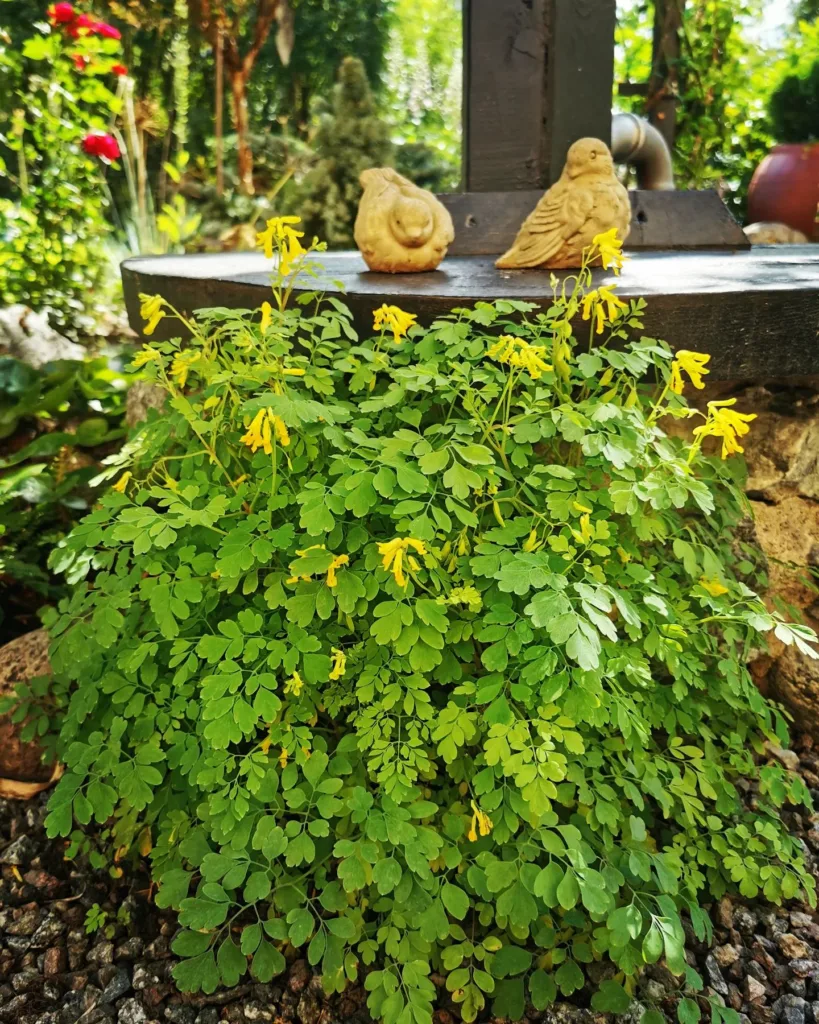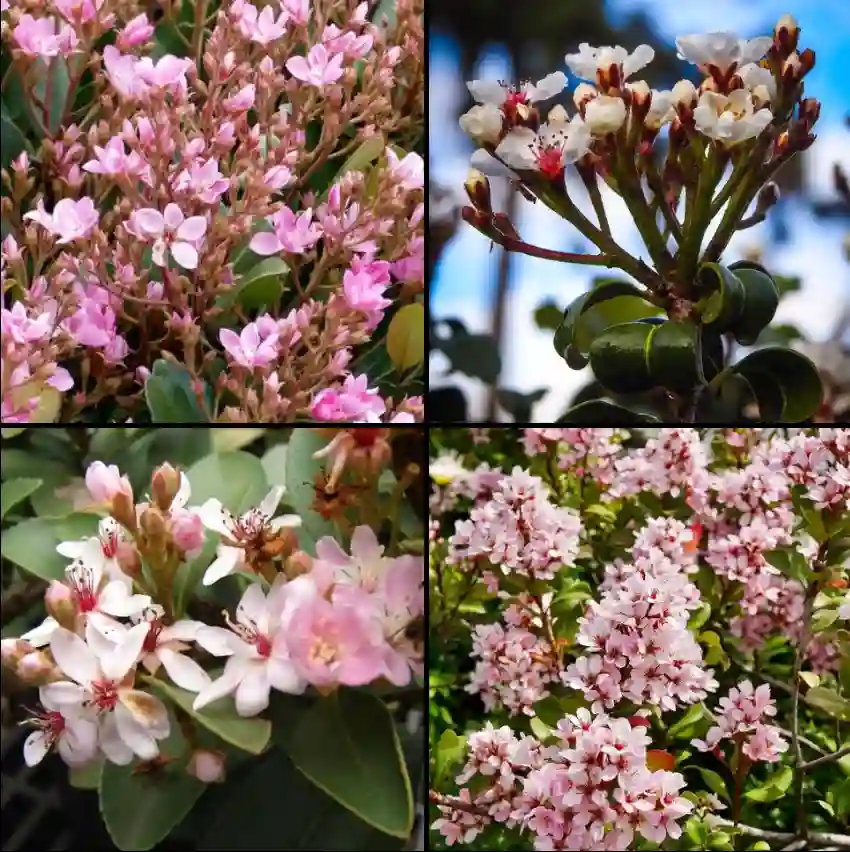FAQs About Laportea Canadensis: A Comprehensive Guide
Laportea Canadensis, commonly known as Canadian Wood Nettle, is a fascinating plant often overlooked in gardens. As someone who has delved into the world of this unique plant, I’m excited to share insights and answer common questions about it.
What is Laportea Canadensis?
Laportea Canadensis, or Canadian Wood Nettle, is a perennial herb native to North America. It belongs to the Urticaceae family, which also includes nettles and ramie. This plant is typically found in woodlands and shaded areas, thriving in moist, rich soils. Unlike its more notorious relatives, Canadian Wood Nettle is less aggressive but still has some stinging capabilities.
Plant Family: 59 Genera in Urticaceae – Nettle Family
How to Care for Laportea Canadensis?
Caring for Laportea Canadensis involves understanding its natural habitat. Here’s what I’ve learned:
- Light Requirements: This plant prefers partial to full shade. It naturally grows under the canopy of trees, so direct sunlight can be harsh for it.
- Soil: It thrives in well-drained, moist soil rich in organic matter. Adding compost or leaf mold can help mimic its natural conditions.
- Watering: Keep the soil consistently moist but not waterlogged. It doesn’t tolerate drought well, so regular watering is crucial.
- Temperature: Canadian Wood Nettle is hardy in USDA zones 3 to 8. It can withstand cold temperatures but may require some protection from extreme winter conditions.
How to Propagate Laportea Canadensis?
Propagating Canadian Wood Nettle can be done through seeds or division:
- Seeds: Collect seeds from mature plants in late summer or fall. Sow them in a cold frame or directly in the garden in early spring. Seeds require a period of cold stratification to germinate.
- Division: In spring or fall, you can divide established clumps. Gently separate the roots and replant them in well-prepared soil.
What to Plant With Laportea Canadensis?
Laportea Canadensis pairs well with other shade-loving plants. Here are some companions that I’ve found work well:
- Hostas: Their broad leaves complement the texture of Canadian Wood Nettle.
- Ferns: Ferns thrive in similar conditions and add a lush, green backdrop.
- Astilbes: Their feathery flowers provide a nice contrast to the nettle’s foliage.
- Trilliums: These wildflowers add seasonal interest and work well in shady spots.
Is Laportea Canadensis Toxic?
Laportea Canadensis has a reputation for its stinging hairs, which can cause irritation similar to nettles. However, it is not considered highly toxic. The stinging sensation is more of a physical irritation rather than a severe chemical reaction. It’s advisable to handle it with gloves and avoid contact with sensitive skin.
Benefits of Laportea Canadensis
While it may not be a traditional garden favorite, Canadian Wood Nettle has some interesting benefits:
- Ecological Value: It provides habitat and food for various wildlife, including insects and birds.
- Soil Health: Its presence can improve soil structure and fertility by contributing organic matter as it decomposes.
- Aesthetic Appeal: With its lush foliage and delicate flowers, it adds a touch of natural beauty to shaded garden areas.
Common Problems with Laportea Canadensis
Despite its resilience, Laportea Canadensis can face a few issues:
- Pests: Watch out for aphids and spider mites, which can sometimes infest the plant.
- Disease: In overly wet conditions, it may suffer from root rot. Ensure proper drainage to prevent this.
- Competition: It can be overshadowed by more aggressive plants in the garden. Regular maintenance and strategic planting can help mitigate this.
Compare with Other Similar Plants
Laportea Canadensis is often confused with other nettles and similar woodland plants. Here’s how it stands out:
- Urtica Dioica (Stinging Nettle): Unlike Laportea, Urtica Dioica has a more potent sting and is used medicinally and for its fiber.
- Lamium Galeobdolon (Yellow Archangel): While both plants are shade-loving, Lamium is a groundcover with a more ornamental appearance and is not stinging.
- Circaea Lutetiana (Enchanter’s Nightshade): This plant also thrives in shade but lacks the stinging feature of Laportea and has a different growth habit.
Laportea Canadensis is a plant with unique characteristics that can add a distinctive touch to shaded garden areas. With proper care and understanding, it can be a valuable addition to your garden’s ecosystem. If you decide to grow it, you’ll find that its subtle charm and ecological benefits are well worth the effort.
If i die, water my plants!



